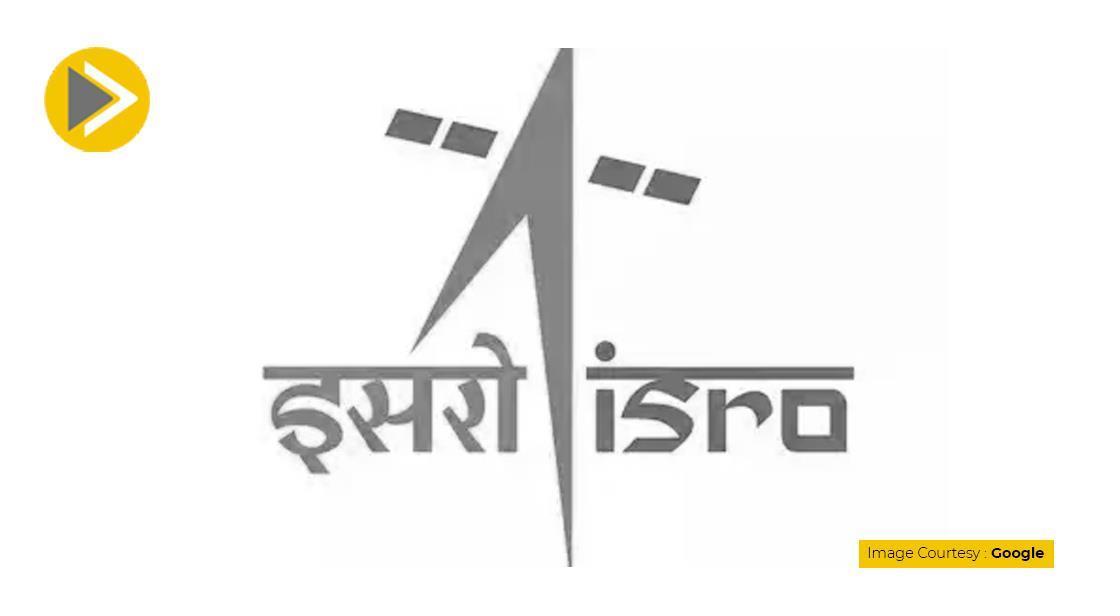NISAR Satellite: NASA-ISRO Collaboration Set to Transform Earth Monitoring

News Synopsis
NASA and ISRO’s upcoming NISAR satellite is poised to transform Earth monitoring with advanced technology that will provide unprecedented insights into the dynamic processes of our planet. The satellite’s advanced synthetic aperture radar (SAR) will track surface changes with exceptional precision, from monitoring natural disasters to studying deforestation and glacier movements. NISAR aims to provide valuable data that can aid in disaster management and environmental conservation, offering a new level of understanding of Earth’s surface.
Revolutionary Technology: Synthetic Aperture Radar (SAR)
NISAR will rely on SAR technology to capture highly detailed images of Earth’s surface, enabling it to detect even the smallest movements, as little as fractions of an inch. The satellite will orbit Earth, revisiting nearly every solid surface twice every 12 days, ensuring continuous monitoring of global changes. With SAR’s ability to measure the motion of glaciers and ice sheets, track earthquakes, and observe changes in ecosystems, NISAR will serve as a key tool in tracking natural disasters and understanding environmental dynamics.
SAR differs significantly from conventional radar by using multiple measurements taken during an antenna's movement, which creates highly detailed images. This technology was pioneered by NASA, and its use in NISAR’s mission will offer a level of detail and accuracy previously unavailable for Earth observation.
NISAR’s Radar System: An Engineering Marvel
One of the standout features of NISAR is its radar system, which includes a reflector antenna that, when deployed, spans 39 feet (12 meters)—about the length of a city bus. This large antenna enables the satellite to capture high-resolution images of Earth's surface. To achieve similar results, traditional radar systems would require antennas up to 19 kilometers in diameter. The microwave pulses emitted by NISAR’s antenna scatter when they hit Earth’s surface, and these echoes are received and processed to create detailed surface maps.
By leveraging the Doppler shift, which refers to the change in frequency caused by the satellite’s movement, NISAR refines the collected data into high-quality, precise images that can be used to study a wide range of Earth’s dynamic processes.
SAR Capabilities: Groundbreaking Data Analysis Techniques
NISAR’s SAR technology enables advanced data analysis techniques that provide critical insights into various phenomena:
-
Interferograms: By comparing radar images taken at different times, interferograms can reveal land deformations caused by events such as earthquakes. These visualizations display the movement of surfaces and can offer a clearer understanding of tectonic shifts and ground displacement.
-
Polarimetry: This technique helps to identify surface features such as vegetation, water bodies, and urban areas by analyzing the orientation of radar waves. It is particularly useful for monitoring deforestation, flooding, and changes in land use over time.
These methods allow scientists to closely track the impacts of natural hazards, monitor the effects of climate change, and assess changes in ecosystems. The data generated by NISAR will be instrumental in supporting global efforts to address environmental and natural challenges.
Significance for Natural Hazard Monitoring and Climate Change
The data captured by NISAR will be invaluable in better understanding the dynamics of natural hazards, climate change, and ecosystem health. Deepak Putrevu, co-lead of ISRO’s science team, described the NISAR mission as a comprehensive scientific effort aimed at studying Earth’s changing environment. By monitoring a range of phenomena—from earthquakes to glacial movements—NISAR will provide critical information for predicting and responding to natural disasters.
Moreover, the satellite’s ability to monitor land changes and track environmental shifts will be vital in efforts to mitigate the effects of climate change. The detailed imagery and data produced by NISAR will contribute to better decision-making and planning for disaster management and environmental conservation.
NISAR’s Global Impact
As a joint project between NASA and ISRO, NISAR represents the successful collaboration of two leading space agencies, combining resources and expertise to achieve groundbreaking advancements in Earth monitoring. The satellite’s capabilities will have significant global implications, helping governments, scientists, and environmentalists address a range of challenges related to climate change, disaster preparedness, and ecosystem preservation.
NISAR’s launch will mark a milestone in Earth observation, providing critical insights into the forces shaping our planet. The satellite’s data will benefit not only researchers but also governments, organizations, and communities worldwide, enabling more informed decisions on environmental protection and disaster response.
You May Like









